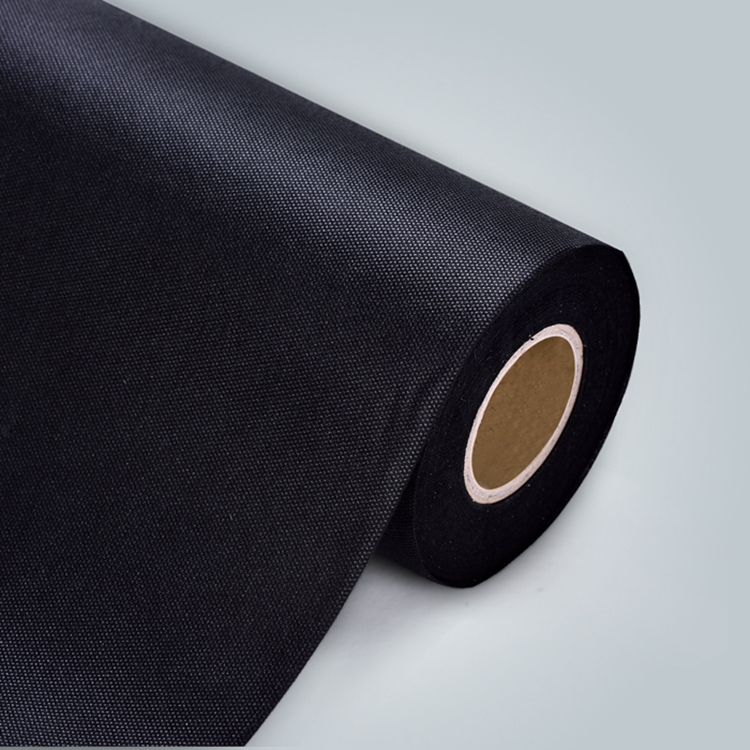In modern farming, maximizing crop yield while maintaining sustainability and reducing chemical use is a priority for growers worldwide. Agricultural nonwoven fabric has emerged as a practical solution, offering effective crop protection, improved growing conditions, and enhanced farm management while remaining environmentally friendly.
Agricultural nonwoven fabric is a lightweight, breathable, and durable material designed to protect crops from harsh weather conditions, pests, and excessive sunlight while allowing air, water, and nutrients to pass through to the plants. It creates a stable microclimate around the crops, helping maintain optimal temperature and humidity levels, which is particularly beneficial for seedlings and young plants.
One of the significant advantages of agricultural nonwoven fabric is its ability to provide frost protection during colder seasons. By covering crops with this fabric, farmers can shield plants from sudden temperature drops, reducing the risk of frost damage and extending the growing season, resulting in higher yields and better quality produce.
Additionally, agricultural nonwoven fabric acts as an effective barrier against pests and insects, reducing the reliance on chemical pesticides and promoting sustainable farming practices. This aligns with the growing global demand for environmentally friendly and residue-free agricultural products.
The fabric is also widely used for weed control, as it prevents sunlight from reaching the soil while allowing water to penetrate, thus inhibiting weed growth without the need for herbicides. This not only helps reduce labor costs for weeding but also maintains soil health and conserves moisture.
Easy to install and reusable, agricultural nonwoven fabric can be tailored to fit various farming needs, including vegetable gardens, orchards, vineyards, and nurseries. It can be used for ground cover, crop row covers, or greenhouse shading, providing flexibility and cost-effectiveness for farmers of all scales.
Post time: Jul-23-2025

